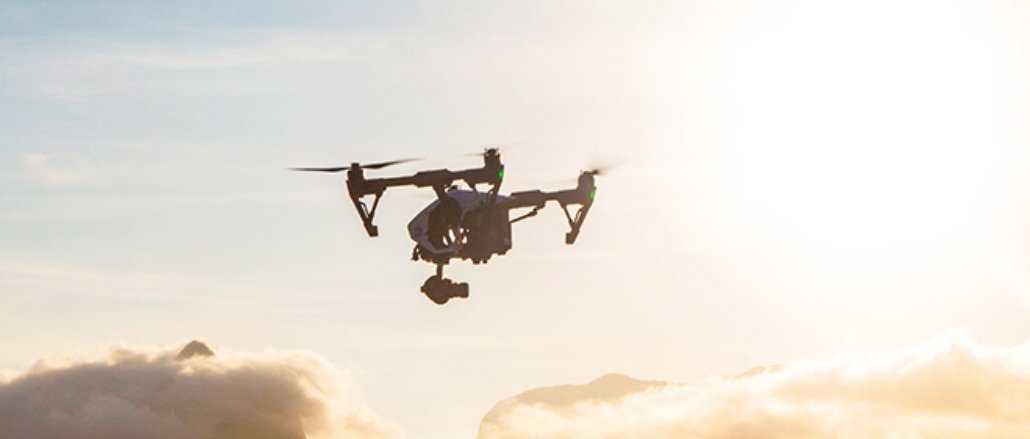Save 50% on a 3-month Digiday+ membership. Ends Dec 5.

Surprised it took this long. Count GE in among a growing group of brands betting on Facebook Live.
The conglomerate and poster child for early-adopting brands is back the week of June 13 with the second season of “Drone Week,” a video series using aerial drone footage and other video content. Whereas last year, GE used Periscope to showcase its jet engines, locomotives, wind turbines and the like, this year it’s taking to Facebook Live.
“The reach, the scale [on Facebook], it’s just so impressive,” said Sam Olstein, global director of innovation at GE, echoing what many publishers and brands have said about the value in Facebook Live. “Our aspirations for ‘Drone Week’ is to make it a global campaign. The Olympics are global. We thought it was the right place for a project of this magnitude.”
For season two of “Drone Week,” GE will release five 15- to 20-minute episodes every day this week, showing the technology behind the Olympics and the role GE plays in it. One episode will focus on how hydroelectric-powered dams make it possible to broadcast the Olympics globally. Another will look at “flash hospitals” set up with new X-ray technology, enabling doctors to treat athletes at scale.
“Drone Week” is the latest effort by GE to publish more live content to Facebook. The company has no set number of live videos it aims to produce on a regular basis but goes live whenever it seems right. GE recently went live multiple times from its global research center to show off the GE Store and discuss issues including women in tech.
As with “Drone Week,” GE is focusing on doing live content around relevant dates and events. For instance, on Pi Day, it profiled an inventive skier who built a contraption to take 360-degree photos with his iPhone. During the NFL draft, it went live multiple times with football player John Urschel, who provided mathematical analysis on the players selected.
“There is now a behavioral shift to think about what kind of live strategy we should be thinking for an event, an announcement, a customer visit — any and all of that stuff,” said Olstein.
Ad position: web_incontent_pos1
It’s also an acknowledgement that Facebook is increasingly eating the video web. Today, GE doesn’t make a single video that doesn’t eventually find its way to Facebook, said Olstein. “Whether it was designed primarily for TV or the social web, we will throw that content on Facebook.”
Brands may be more hesitant than publishers, but they’re increasingly getting on the Facebook Live bandwagon. Advertisers ranging from Dunkin’ Donuts to Benefit Cosmetics are now experimenting with the format, having seen how publishers like Tastemade are producing more than 100 live videos per month on Facebook.
“Live video is going to be a big part of our content marketing moving forward,” said Olstein. “It’s a different kind of viewing experience and can be very engaging for people who really want to know how stuff works and are curious and nerds at heart.”
Images via GE
More in Marketing

Ulta, Best Buy and Adidas dominate AI holiday shopping mentions
The brands that are seeing the biggest boost from this shift in consumer behavior are some of the biggest retailers.

U.K. retailer Boots leads brand efforts to invest in ad creative’s data layer
For media dollars to make an impact, brands need ad creative that actually hits. More CMOs are investing in pre- and post-flight measurement.

‘AI is permeating everything we do’: How Guitar Center developed 2 AI tools this year
This summer, the company launched a chatbot called Rig Advisor to help customers find the right instruments and products.
Ad position: web_bfu





